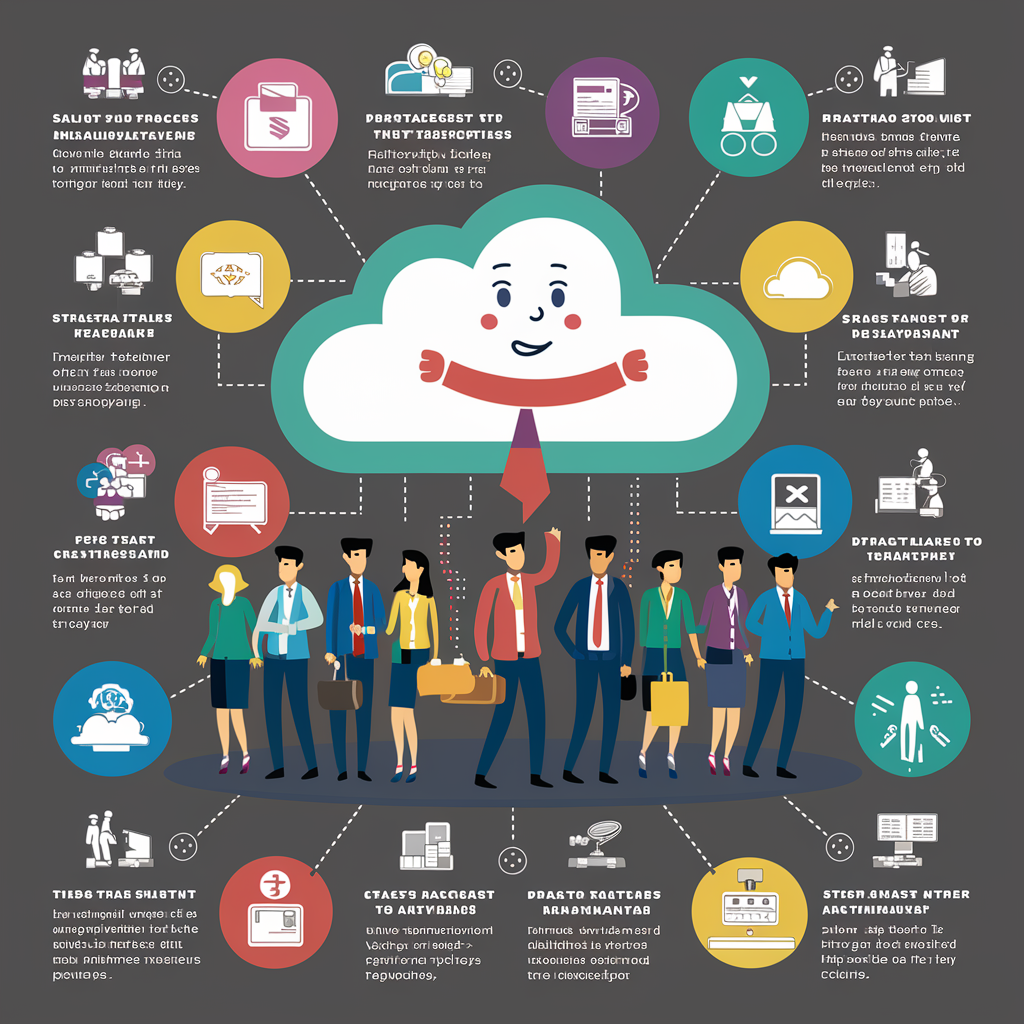In today’s digital age, migrating to the cloud has become more than just a trend—it’s a strategic imperative for businesses looking to stay competitive, agile, and innovative. Cloud migration offers numerous benefits, including scalability, cost-efficiency, improved performance, and enhanced security. However, migrating to the cloud requires careful planning, execution, and management to ensure a smooth transition and maximize the benefits of cloud computing. In this article, we’ll provide a comprehensive step-by-step guide for businesses embarking on the journey of migrating to the cloud.
Step 1: Assess Your Current Infrastructure and Applications
The first step in any cloud migration initiative is to conduct a thorough assessment of your organization’s existing infrastructure, applications, and workloads. Identify which systems and applications are suitable candidates for migration to the cloud based on factors such as performance requirements, data sensitivity, compliance regulations, and strategic objectives.
Step 2: Define Your Cloud Migration Strategy and Goals
Define clear objectives and goals for your cloud migration initiative, such as reducing infrastructure costs, improving scalability, enhancing security, or accelerating time-to-market. Choose the right cloud deployment model (public, private, or hybrid) and cloud service model (IaaS, PaaS, or SaaS) based on your organization’s requirements and preferences.
Step 3: Choose the Right Cloud Provider
Evaluate different cloud providers based on factors such as pricing, performance, reliability, security, compliance, and available services. Consider factors like geographical availability, data residency requirements, and vendor lock-in when selecting a cloud provider.
Step 4: Plan Your Migration Approach
Develop a detailed migration plan that outlines the scope, timeline, dependencies, and resource requirements for each phase of the migration process. Consider factors such as data migration strategies, application refactoring, compatibility testing, and user training as part of your migration approach.
Step 5: Prepare Your Data and Applications for Migration
Prepare your data and applications for migration by cleaning up and organizing your data, assessing dependencies between applications and services, and addressing any compatibility issues or dependencies that may arise during migration.
Step 6: Execute the Migration Plan
Execute the migration plan according to the defined timeline and milestones. Begin with smaller, less critical workloads to gain experience and confidence in the migration process before tackling larger, mission-critical systems and applications.
Step 7: Test and Validate
Test and validate migrated workloads and applications to ensure that they perform as expected and meet your performance, security, and compliance requirements. Conduct thorough testing, including functional testing, performance testing, security testing, and user acceptance testing, to identify and address any issues or gaps.
Step 8: Optimize and Fine-Tune
Optimize and fine-tune your cloud environment and applications for performance, cost-efficiency, and scalability. Monitor key performance metrics, analyze usage patterns, and identify opportunities for optimization and improvement.
Step 9: Train and Educate Your Team
Provide training and education to your team members to ensure they have the necessary skills and knowledge to effectively manage and operate in the cloud environment. Foster a culture of continuous learning and experimentation to drive innovation and adoption of cloud technologies.
Step 10: Implement Ongoing Monitoring and Governance
Implement robust monitoring, management, and governance practices to ensure the ongoing security, compliance, and performance of your cloud environment. Implement automated monitoring and alerting systems to detect and respond to potential issues in real-time.
Conclusion
Migrating to the cloud is a complex and challenging process, but with careful planning, execution, and management, businesses can unlock the full potential of cloud computing and gain a competitive advantage in today’s digital economy. By following this step-by-step guide and leveraging best practices, businesses can successfully migrate to the cloud, improve agility, scalability, and innovation, and drive business growth and success in the cloud era.





